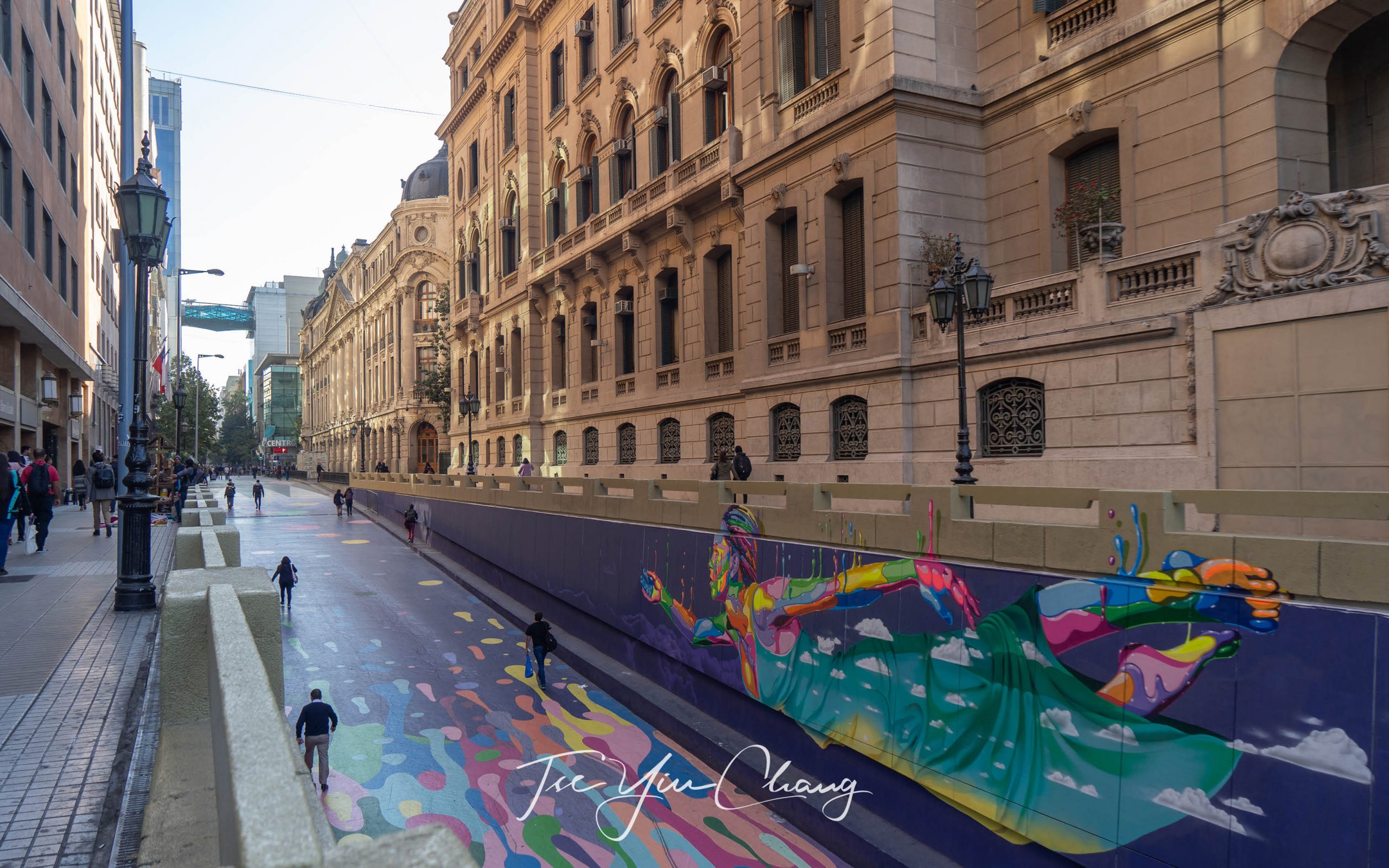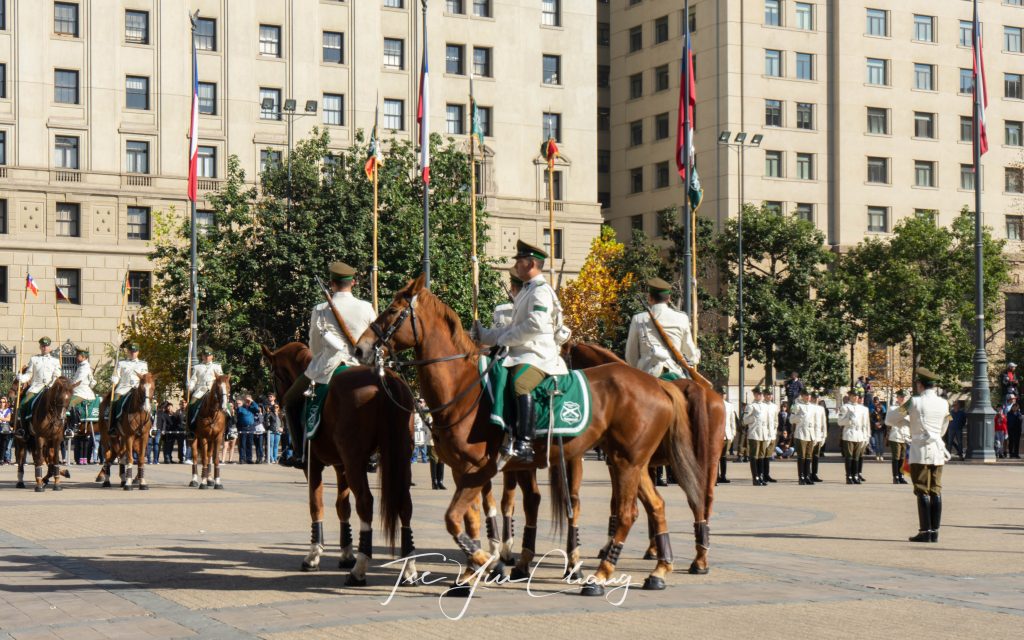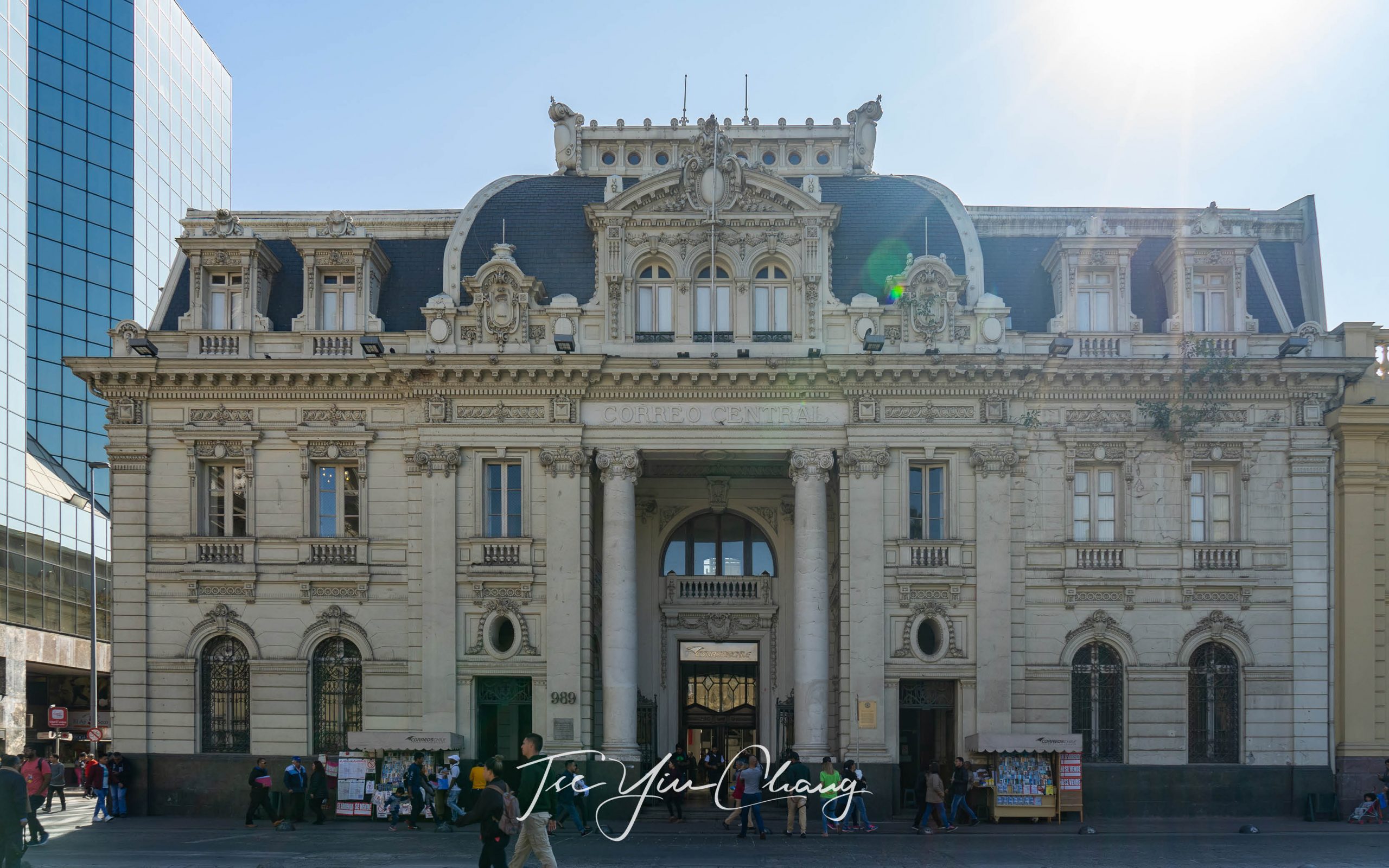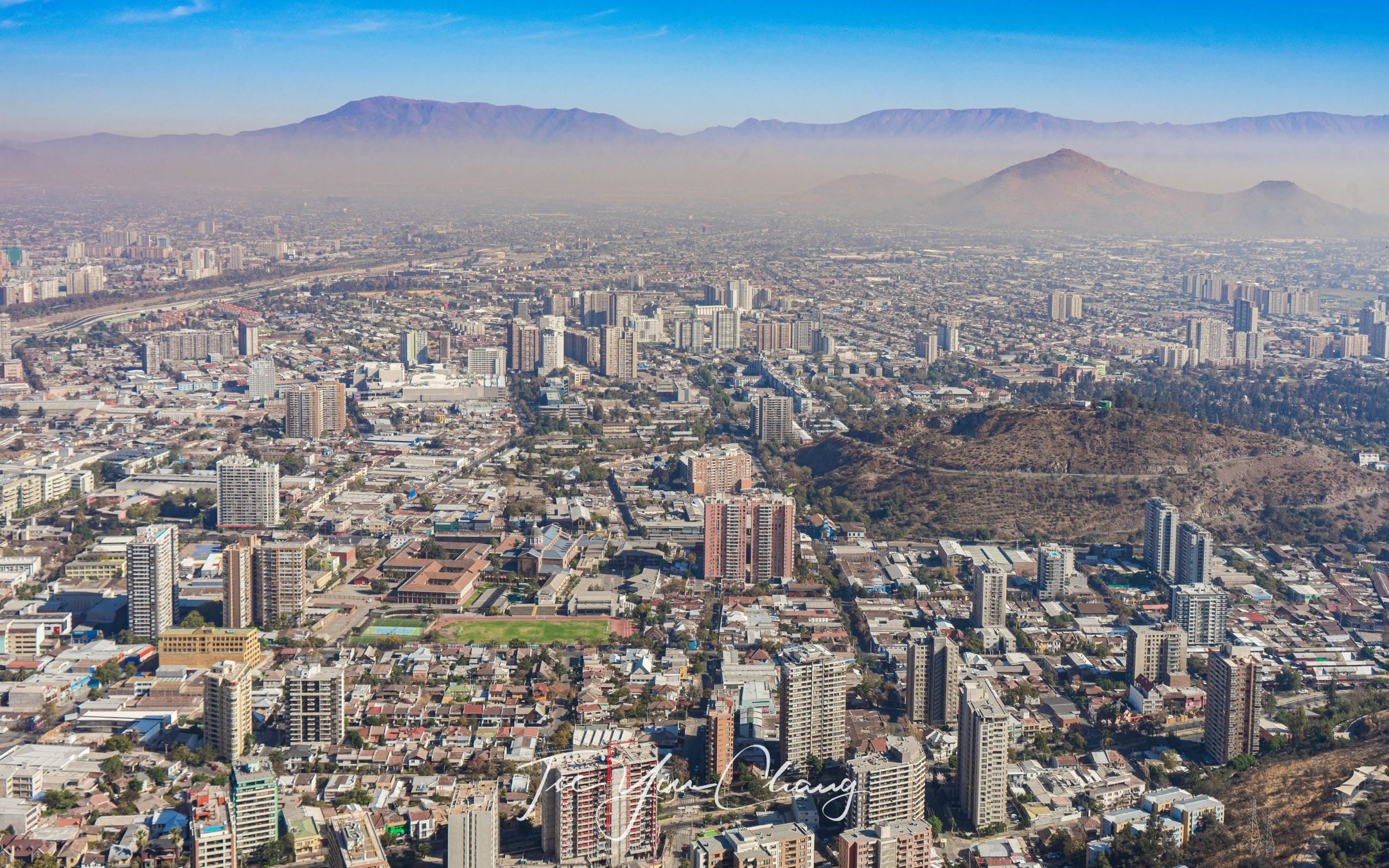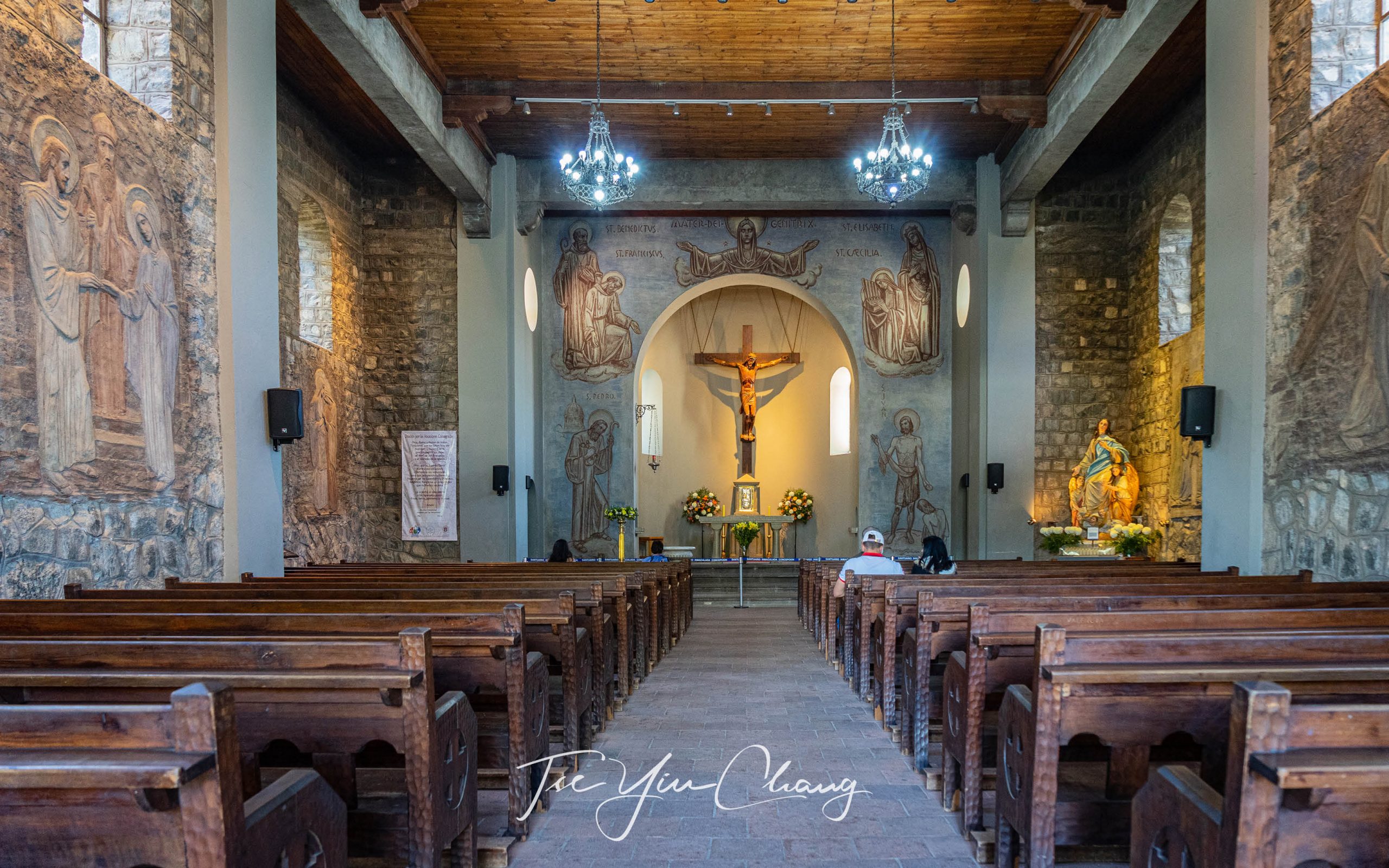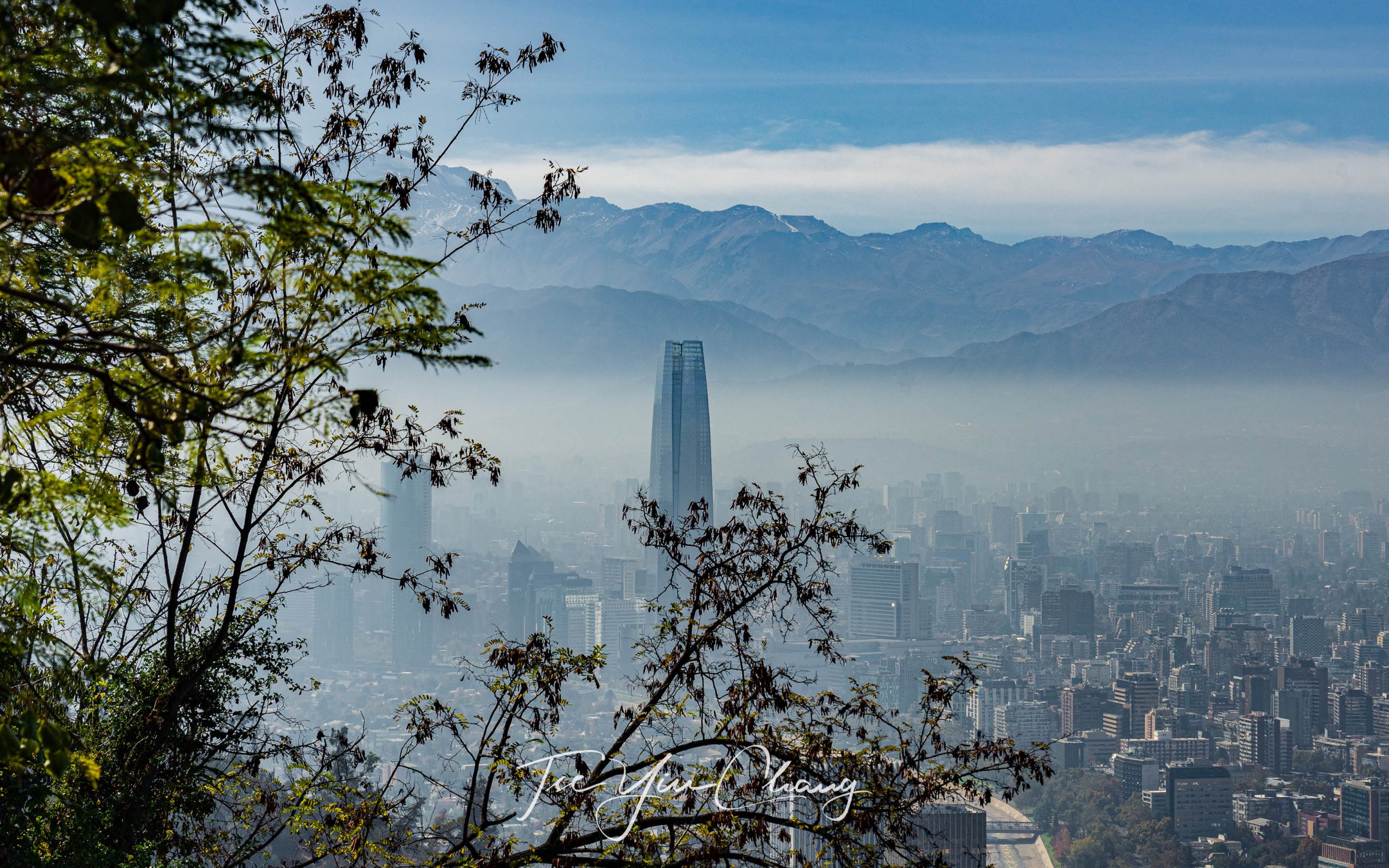
For travellers looking for an exciting South American adventure, Chile’s capital city has become a very popular destination in recent years. While Santiago has long since served as the gateway to the country for most visitors, its appealing cosmopolitan culture does a wonderful job of enticing tourists to stick around to see what this incredible city has to offer.

As one of South America’s top tourist spots, Santiago is well deserving of its time under the spotlight. After all, what South America has to offer goes way beyond the hype of iconic cities like Argentina’s Buenos Aires or Brazil’s Rio de Janeiro. If you’re visiting South America for the very first time, Chile is the perfect stop off if you’re looking for an introduction to the culture and chaos the country is beloved for.

When researching things to see and do in Chile prior to our trip, we were immediately struck by the natural geography of the country. As the fourth largest continent, South America is one of the world’s most unique shaped countries. The bottom half of South America is shaped like a cone, with the mighty Andes mountain range running down one side of the continent. Cut off from the rest of the continent by these mountains and the deserts to the north, is Chile. Over four thousand kilometres long but less than two hundred across at its widest point, the country makes the most of the limited area between the Andean slopes and the Pacific Ocean.
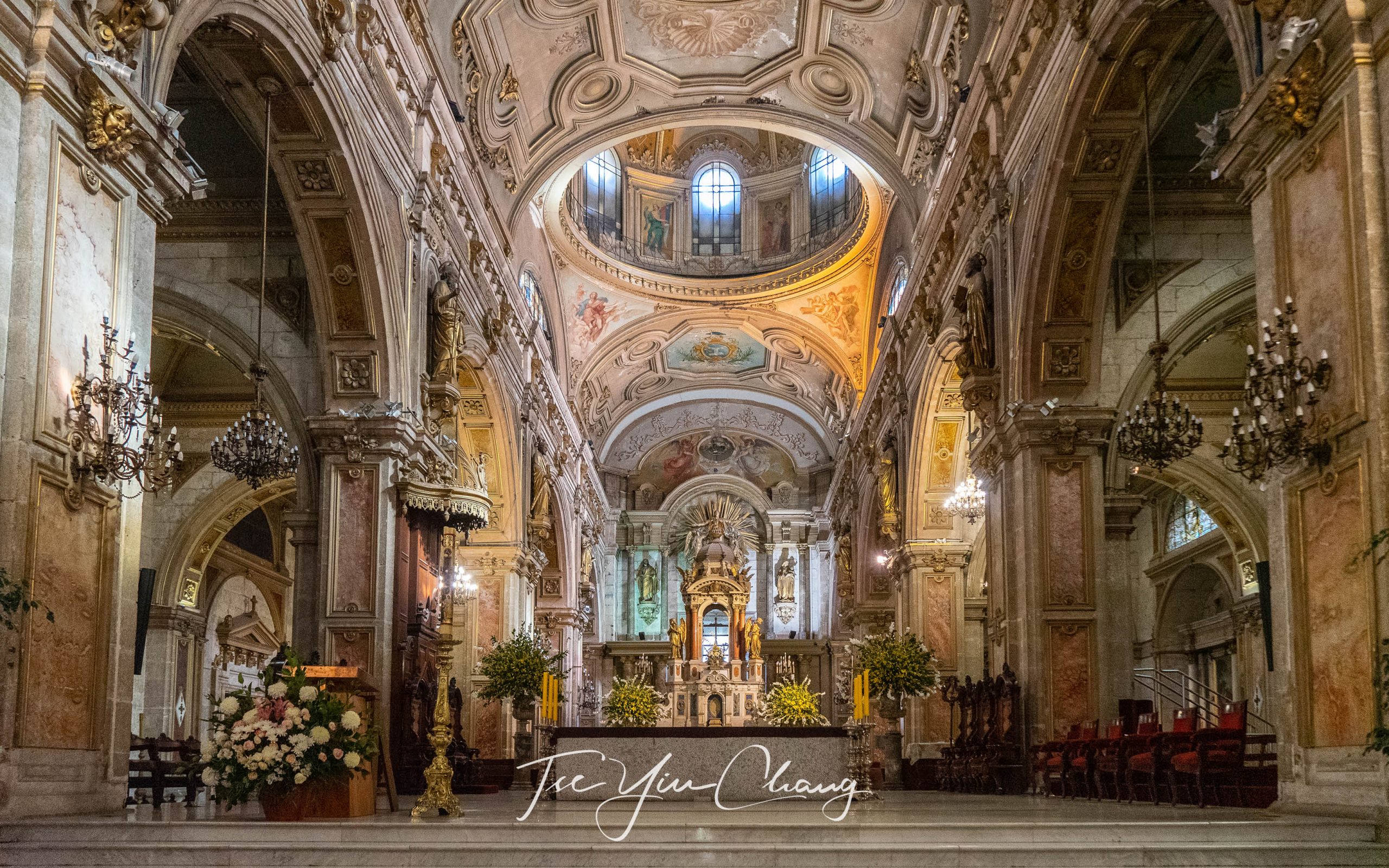
You might expect this hidden corner of an already remote continent to be a forgotten and parochial place. Yet this far-away land is home to a surprisingly cosmopolitan city. A vibrant, busy and modern metropolis, Santiago has established itself as somewhere worth going out of your way to see. From spectacular scenery and colonial old town charm, to world class restaurants and bohemian nightlife, Santiago has something for everyone.

Santiago was just one stop on our South American tour. But it was one of the highlights of the entire trip. We had been in Cusco absorbing Peru’s Inca legacy, before we flew in to the city after making our way from Lima. With an all too short stop off in Santiago, we had a lot to fit in. Often the best way to experience what a city has to offer is by hiring a local tour guide. Our guide, Hugo, picked us up from the airport and took us straight to the hotel which was to be our Santiago base. We met Hugo the next morning, excited and eager to explore the city and get a taste of some of Santiago’s highlights.

Things to see and do in Santiago
The first stop of our tour was the Plaza de Armas. All of Latin America’s colonial cities were built around a grand central square and Santiago is no different. It has the stately colonial buildings, the statues and fountains, but the trees that dominate the square give it a more tranquil feel than many other South American cities. A few blocks away is the La Moneda Presidential Palace and getting there involved walking through the old streets of the city centre, past the former national congress building. Both the congress and the palace are fine examples of the neo-classical architecture that was popular in Chile in the 1800s, and Hugo regaled us with their history as we walked.
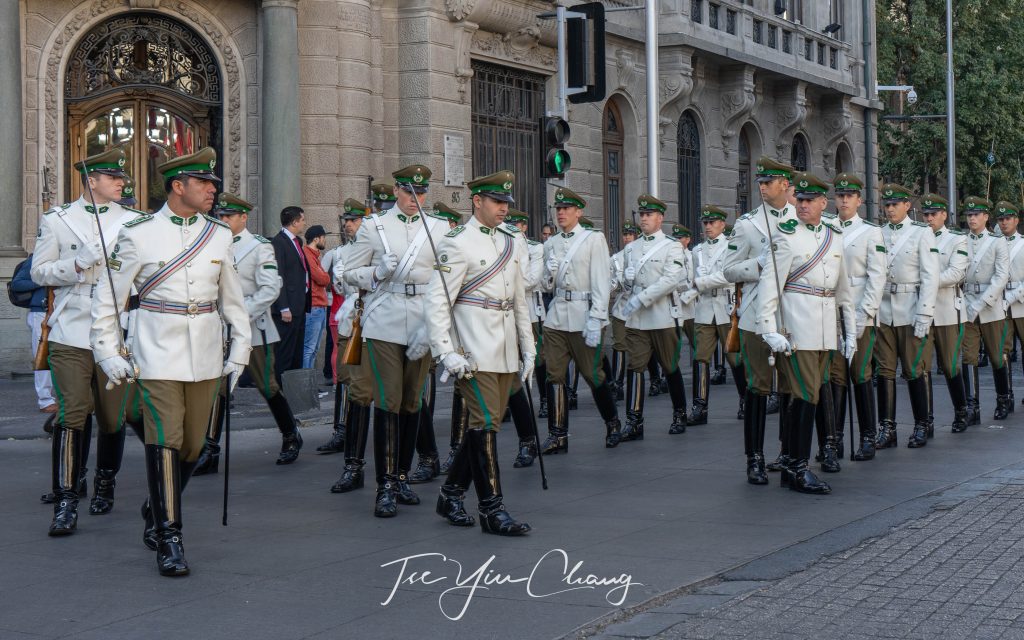
In front of the La Moneda Palace is another beautiful plaza, complete with fountains and fourteen large Chilean flags. It was busy when we arrived as the changing of the guard ceremony was about to take place. We watched as the new guards came in to replace the old, marvelling as they marched in unison. Similar events take place outside most palaces in Europe, and have become must see tourist attractions for visitors lucky enough to witness such a spectacle. But this one was livelier than most thanks to the brass band which provided an energetic soundtrack to the fascinating ritual.

Next it was on to Cerro Santa Lucia, a small hill which interrupts the glass towers and historic buildings of the city centre. Converted into a park, it is home to several ornate monuments including a castle, the dramatic fountain of Neptune, and various statues commemorating aspects of Chile’s past. From here we moved on to Bandera Street to see one of Santiago’s most colourful attractions. What had previously been a busy thoroughfare has been pedestrianised, and a 10,000-square meter piece of artwork had been installed along the ground. Bright colourful patterns swirl beneath your feet as you walk, making this a perfect example of the city’s quirky character.

Finally, Hugo took us to see one of Santiago’s newest attractions, the Gran Torre, a 62-story tall skyscraper. At 300 meters, it is currently Latin America’s tallest building. Completed in 2012 it is part of a huge development which includes offices and a shopping centre. Gran Torre demonstrates the city’s impressive modern ambitions. The top two floors of the tower are open to the public, and they provide the best vista in the city for tourists looking for an impressive 360° view. Perhaps the most impressive thing about the view is the mountains which rise above even the tower and enclose Santiago on three sides.

We still had half the day left, so after we said our goodbyes to Hugo, we took a walk around Barrio Lastarria. Our tour had provided us with an opportunity to experience the highlights of the city centre, but each of inner Santiago’s neighbourhoods has an interesting character of its own. Lastarria was originally an area where the city’s richer inhabitants made their homes. Among those residents were artists and musicians, who quickly filled its streets with art and culture. And they continue to do so today. A stroll through its streets will take you past countless galleries, markets and street performers.

Being big foodies, we were keen to sample some of the delicious culinary delights Santiago is well known for. And there was an abundance of restaurants in Lastarria that looked likely to have served us great food. But we had already made plans to dine in one of the city’s most popular eateries. On the edge of the city is Boragó, a restaurant which came in at twenty-sixth in 2019 World 50 Best Restaurants list. It has become famous in Chile (and beyond) for combining native ingredients with international fine dining trends. The end result is something pretty special, and this was the culinary highlight of our whole trip.

If Lastarria showcases the bohemian streak which runs through Santiago, Boragó illustrates that the city has a refined side to its character as well. Our hotel, to which we returned after dinner, managed to combine elements of both to create something memorable. Luciano K was built in the 1920s at the height of the art deco era, and when it was turned into a hotel the owners went to great lengths to retain the original features while also updating it to make it comfortable and luxurious. The hotel is littered with fun decorative features, but some of the most noticeable include the antique cage lift and the striking tiling which decorates much of the hotel.

The next morning was spent taking in the attractions on the northern side of the Mapocho River. As Santiago expanded, the artistic haven that residents created in Lastarria grew too. It spilt over the river into the Bellavista neighbourhood where they created a vibrant café culture and painted their terraced townhouses in equally vibrant colours. This tradition remains in the elaborate street art which adorns many of Bellavista’s walls. It’s a great place to wander around for a few hours, but there is another reason for visiting.

Bellavista sits at the bottom of the Cerro San Cristobal, the highest hill in central Santiago. Despite encroaching into the city, it has remained free of development and is now a park which boasts a zoo, botanical gardens and cable cars. We spent some time wandering around its shaded slopes, and at the top we were treated to more spectacular views of both the city and the snow-capped mountains surrounding it.

After all that exploring, we headed back to the popular tourist hub of Barrio Lastarria for a much-needed change of pace. Although we had soaked up some of its inviting atmosphere already, the best way to really get to know the area is to do what the locals do, and spend some time in its numerous bars. We enjoyed a relaxing afternoon at our own leisure, soaking up the artistic, bohemian vibe Lastarria is well known for. And then it was back to the hotel to get ready for our onwards journey and another colourful city to explore, Valparaíso aka the Jewel of the Pacific. Just over an hour from Santiago, it’s another must-visit destination when you’re in Chile.

See also:
- A journey through the picturesque Andes by rail
- Exploring the capital of the Inca Empire – Cusco
- Machu Picchu – a 15th century Inca citadel
- Sacred Valley – the gateway to Machu Picchu

